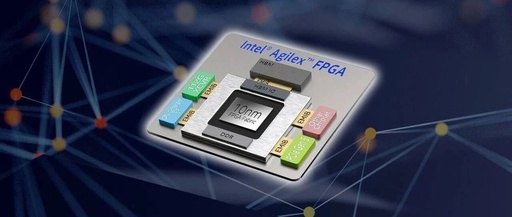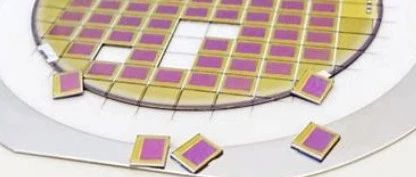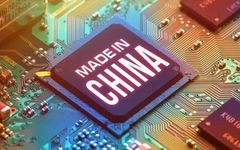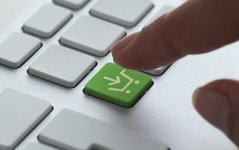Semiconductor Integrated Circuits (Second Edition)
1. Overview of the Textbook Knowledge Framework The textbook revolves around the fundamental principles, manufacturing processes, circuit design, functional components, and applications of semiconductor integrated circuits, consisting of 12 chapters divided into four major modules: Fundamental Theory Module (Chapters 1-4) Chapter 1 Introduction: Introduces the concept, development history, principles, and challenges of integrated circuits (issues … Read more









